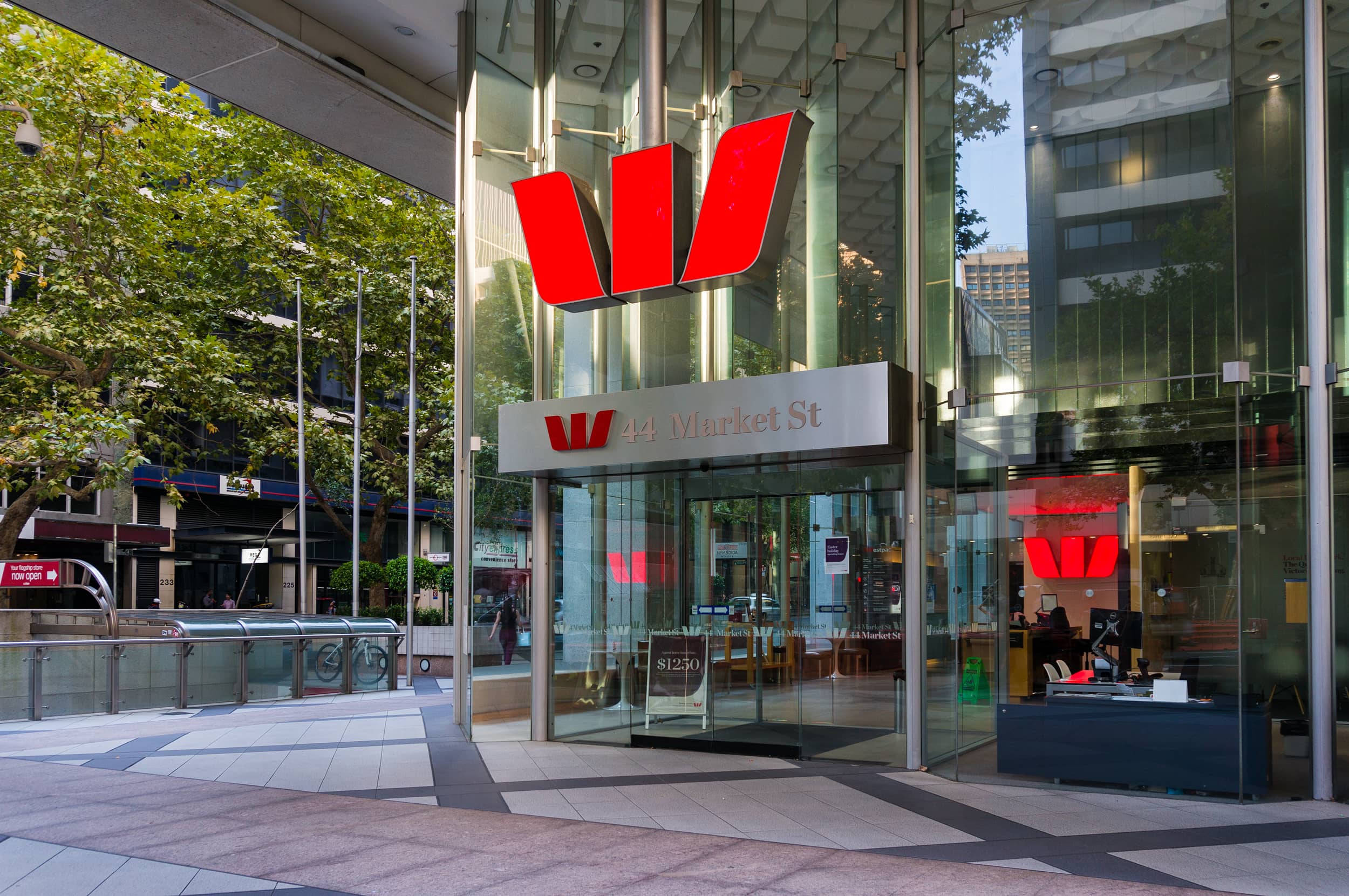Fixed vs Variable Home Loans
When it comes to choosing a home loan in Australia, one of the most important decisions you’ll make is whether to go with a fixed rate, a variable rate, or a combination of both. Each option has its pros and cons, and the right choice depends on your financial goals, lifestyle, and risk tolerance.
This article provides a comprehensive comparison of fixed and variable home loans, covering how each type works, their benefits and drawbacks, and what kind of borrower each loan suits best. By the end, you’ll have a clearer understanding of how to select the best loan structure for your needs.
What Is a Fixed Rate Home Loan?
A fixed rate home loan is a loan where the interest rate is locked in for a set period, typically between one and five years. During this fixed term, your loan repayments remain the same, regardless of any changes in the market or the Reserve Bank of Australia’s cash rate.
Once the fixed term ends, the loan usually reverts to the lender’s standard variable rate unless you negotiate a new fixed rate or refinance.
Key Features of Fixed Rate Loans
- Interest rate is locked in for a fixed period
- Repayments remain the same for that period
- Limited or no access to redraw or offset features (varies by lender)
- Break costs apply if you exit early
What Is a Variable Rate Home Loan?
A variable rate home loan is a loan where the interest rate can go up or down over the life of the loan. These changes are usually influenced by the Reserve Bank’s cash rate and economic factors, as well as the lender’s own pricing strategies.
Because the rate can change, your repayment amounts may increase or decrease over time.
Key Features of Variable Rate Loans
- Interest rate fluctuates with market conditions
- Repayments may change during the loan term
- Flexible features like redraw, offset, and unlimited extra repayments
- No break costs for exiting or refinancing
Comparing Fixed and Variable Home Loans
Understanding the differences between fixed and variable loans is essential before committing. Here is a side-by-side comparison of the two options.
1. Interest Rate Stability
Fixed: Offers complete certainty over repayments for the fixed period. This is ideal for budgeting and avoiding interest rate rises.
Variable: Exposed to rate movements. Your repayments can increase or decrease, depending on market conditions.
2. Flexibility
Fixed: Typically has fewer flexible features. Most lenders restrict or cap additional repayments and redraws. Offset accounts may not be available or only partially effective.
Variable: Highly flexible. You can make unlimited extra repayments, access redraws, and link full offset accounts to save on interest.
3. Early Repayment and Refinancing
Fixed: Break fees may apply if you refinance, sell the property, or pay off the loan early during the fixed term. These fees can be substantial.
Variable: No break costs. You can refinance, sell, or repay the loan at any time without penalty.
4. Predictability
Fixed: Ideal for borrowers who prefer predictability and want to lock in low rates during uncertain times.
Variable: Less predictable. Rate hikes can result in higher repayments, but you could also benefit from rate cuts.
5. Features and Add-ons
Fixed: Often limited in features. May not include offset accounts or redraw facilities. If available, they may have caps or restrictions.
Variable: Offers full-featured options. Offset accounts, redraws, and the ability to make lump-sum repayments are standard.
Pros and Cons of Fixed Rate Home Loans
Pros
- Repayment certainty for the fixed term
- Protection against rising interest rates
- Helps with budgeting, especially for first home buyers
Cons
- Limited or no flexibility for extra repayments
- No benefit if interest rates fall
- Break fees if you exit early
- Offset accounts rarely available in full
Pros and Cons of Variable Rate Home Loans
Pros
- Flexibility with repayments and features
- Access to redraw and offset accounts
- No break costs if exiting or refinancing
- Benefit from interest rate drops
Cons
- Repayments can increase if interest rates rise
- Harder to budget if rates fluctuate frequently
Who Should Consider a Fixed Rate Loan?
A fixed rate loan is suited to borrowers who want certainty, especially in times of economic instability or when interest rates are forecast to rise. This includes:
- First home buyers needing repayment stability
- Borrowers with tight budgets
- Investors seeking consistent cash flow
- Homeowners expecting rates to increase soon
Locking in a low fixed rate for a few years can provide peace of mind and allow you to plan your finances confidently.
Who Should Consider a Variable Rate Loan?
Variable loans suit borrowers who want flexibility and are comfortable with changing repayment amounts. They’re ideal for:
- Borrowers wanting to make extra repayments
- People who plan to refinance or pay off the loan early
- Homeowners with strong cash flow and financial buffer
- Borrowers who want full offset and redraw features
If rates drop or stay low, variable loans can offer cost savings and greater financial control.
What About Split Loans?
If you can’t decide between fixed and variable, you might consider a split loan. This allows you to divide your loan into two portions—one fixed and one variable.
For example, you might fix 60% of your loan and leave the remaining 40% variable. This gives you some repayment certainty while still enjoying flexibility and the potential to benefit from rate drops.
Benefits of Split Loans
- Balanced exposure to interest rate movements
- Partial access to variable features like offset and redraw
- Greater flexibility in managing repayments
Split loans are a popular option for borrowers who want the best of both worlds but still want to manage risk effectively.
How the RBA Cash Rate Affects Home Loans
The Reserve Bank of Australia (RBA) sets the official cash rate, which influences the cost of borrowing. When the RBA raises or lowers the rate, lenders usually adjust their variable interest rates accordingly. Fixed rates may also shift, but these are often influenced by broader economic indicators and funding costs.
Understanding the RBA’s cash rate trends can help you decide whether to fix your rate now or stay variable. If rates are forecast to increase, fixing may be wise. If rates are falling, a variable loan may save you more in the short term.
Real-World Example: Comparing Two Borrowers
Let’s compare two hypothetical borrowers to show how fixed and variable loans can differ in practice.
Borrower 1: Fixed Rate Loan
- Loan amount: $500,000
- Fixed rate: 5.5% for 3 years
- Repayments: $2,839 per month (principal and interest)
Regardless of what happens in the market, this borrower pays the same amount each month during the fixed period.
Borrower 2: Variable Rate Loan
- Loan amount: $500,000
- Starting rate: 5.5%
- Repayments start at: $2,839 per month
If the rate drops to 5.0%, repayments fall to about $2,684 per month. If the rate rises to 6.0%, repayments increase to about $3,000 per month.
Should You Fix Your Loan Now?
The decision to fix depends on interest rate trends, your budget, and personal circumstances. You might consider fixing if:
- Rates are predicted to rise significantly
- You need stable repayments for planning
- You want to lock in a competitive fixed offer
However, if you think rates may fall or you need flexibility to make changes, stay variable or split your loan.
Key Questions to Ask Before Choosing
- Do I value certainty over flexibility?
- Am I likely to make extra repayments or refinance soon?
- Will I benefit more from rate drops or be hurt by increases?
- Do I need access to features like offset and redraw?
- What do I expect to happen with interest rates in the next few years?
Conclusion
Fixed and variable home loans each offer unique advantages and disadvantages. Fixed loans provide stability and peace of mind, especially in a rising rate environment. Variable loans offer flexibility, access to extra features, and the potential for savings when rates drop. A split loan may offer a balanced solution if you’re unsure or want the best of both.
At Loan Explorer, we help you compare fixed, variable, and split home loan options tailored to your financial needs. Whether you’re a first home buyer, refinancing, or investing, our expert guidance ensures you choose the right loan type for your circumstances. Let us help you take the next step toward home ownership with confidence.





